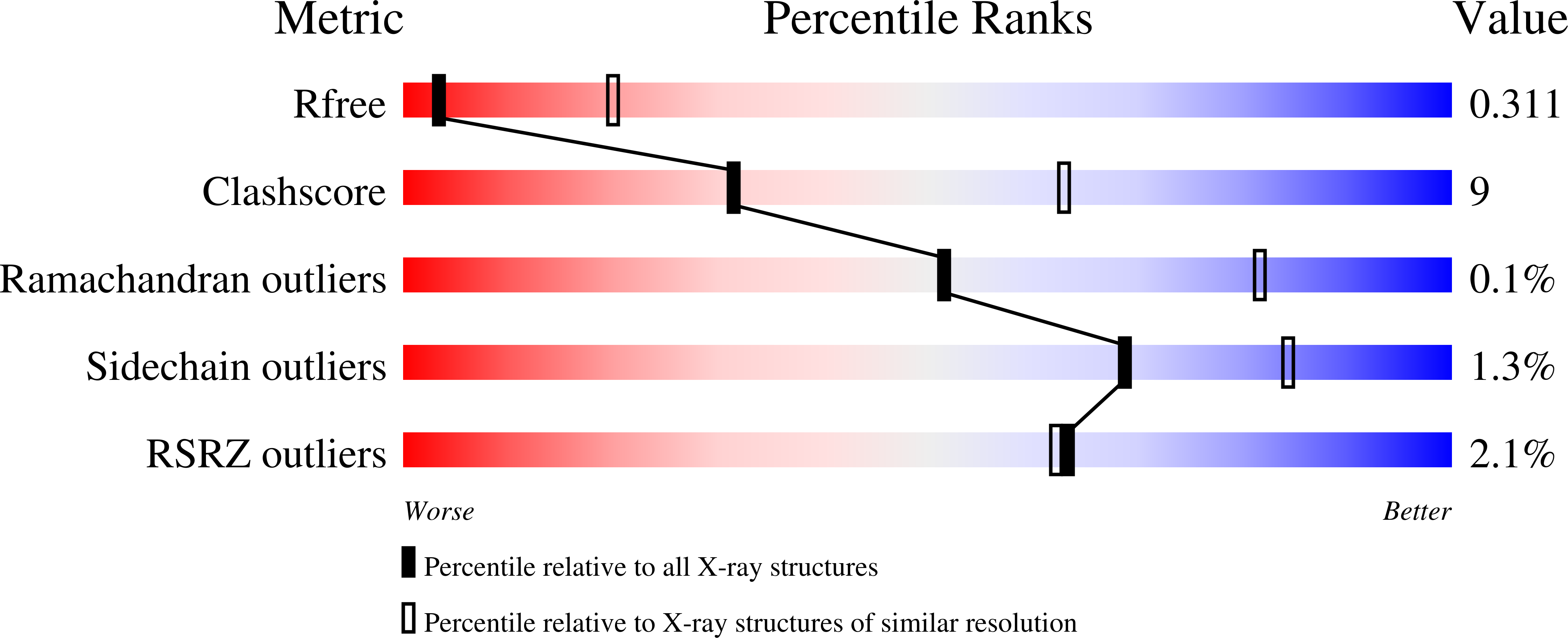
Deposition Date
2021-02-01
Release Date
2021-02-17
Last Version Date
2024-11-20
Entry Detail
PDB ID:
7LK9
Keywords:
Title:
Crystal structure of SARS-CoV-2 RBD-targeting antibody COV107-23 HC + COVD21-C8 LC
Biological Source:
Source Organism:
Homo sapiens (Taxon ID: 9606)
Host Organism:
Method Details:
Experimental Method:
Resolution:
3.40 Å
R-Value Free:
0.31
R-Value Work:
0.27
R-Value Observed:
0.27
Space Group:
P 1


